What replaces 2G (GSM) & 3G (UMTS) ?
2G and 3G are being replaced by 4G or LTE-M in the IoT sector. M1 and NB1 are predestined for all applications that require little bandwidth, are energy-saving and reliable. For applications that require high bandwidth, on the other hand, we recommend 4G.
What needs to be done for IoT devices?
Many of Microtronics’ devices use modems with multiple uplink technologies. Unless you have overwritten the default setting, the device itself takes care of selecting the technologies. But there are also devices that do not have this functionality. So it is worth taking a detailed look.
How do you determine which transmission technology your devices use?
Information on the transmission technology used on your device can be found on the type plate and on the IoT platform.
In many cases, the transmission technology is indicated on the type plate of the device. On the IoT platform you can see details of the last connection including the transmission technology used.
If you are not sure which transmission technology your device uses, please contact our support team. With the serial numbers, colleagues can query the installed technology.
Which Microtronics IoT devices require modernisation?

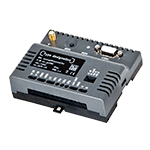
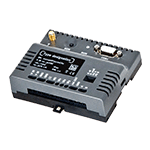
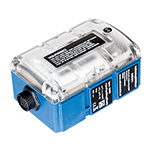
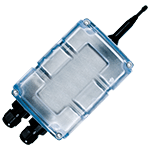
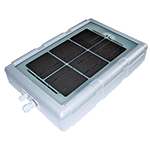


| Device | Future-proof variant |
| myDatalogMUC |
|
| myDatalogMUCmini & myDatalogMUCmicro |
Adaptation of the application (IoT app) necessary. Future-proof and expandable |
| myDatalogEASY V3 4-DatenloggerChannel myDatalogEASY myDatalogEASYmbm myDatalogEASYplus myDatalogEASYsd myDatalogRSS |
|
| rapidM2M M22x 3G World | Little bandwidth:
Much bandwidth:
|
| M23x 3G World |
|
| myDatalogEx myDatalogGauge myDatasensH2S |
|
| myDatalogNANOamr |
|
We will be happy to work with you to determine the transmission technology of your current devices and draw up a modernisation plan. Benefit from our attractive exchange offers when returning of 2G / 3G IoT devices from Microtronics and other suppliers.
With IoT as a Service, we take the next steps together – future-proofing your business model with state-of-the-art technology.
First published in February 2022, last updated in March 2025


